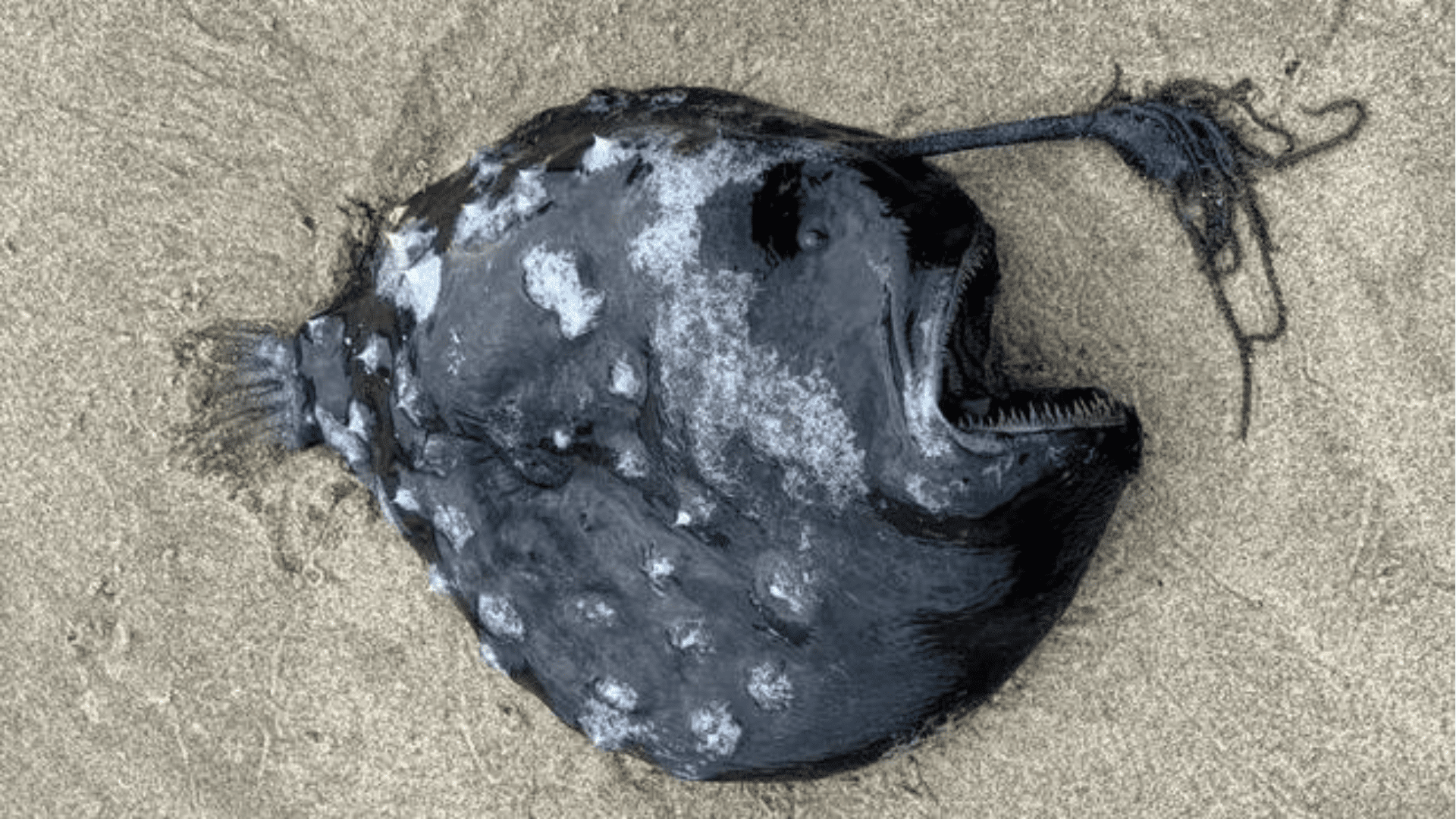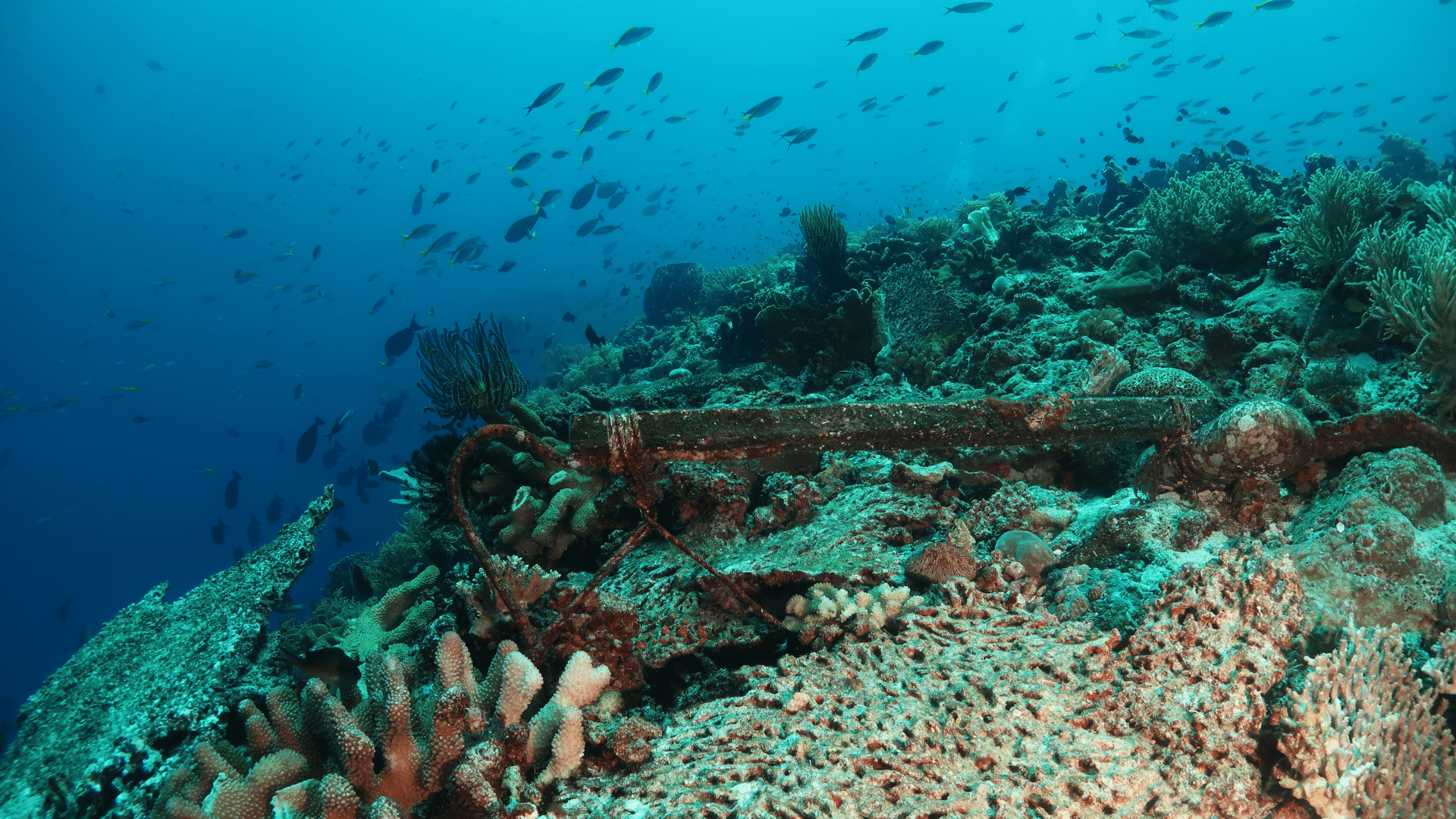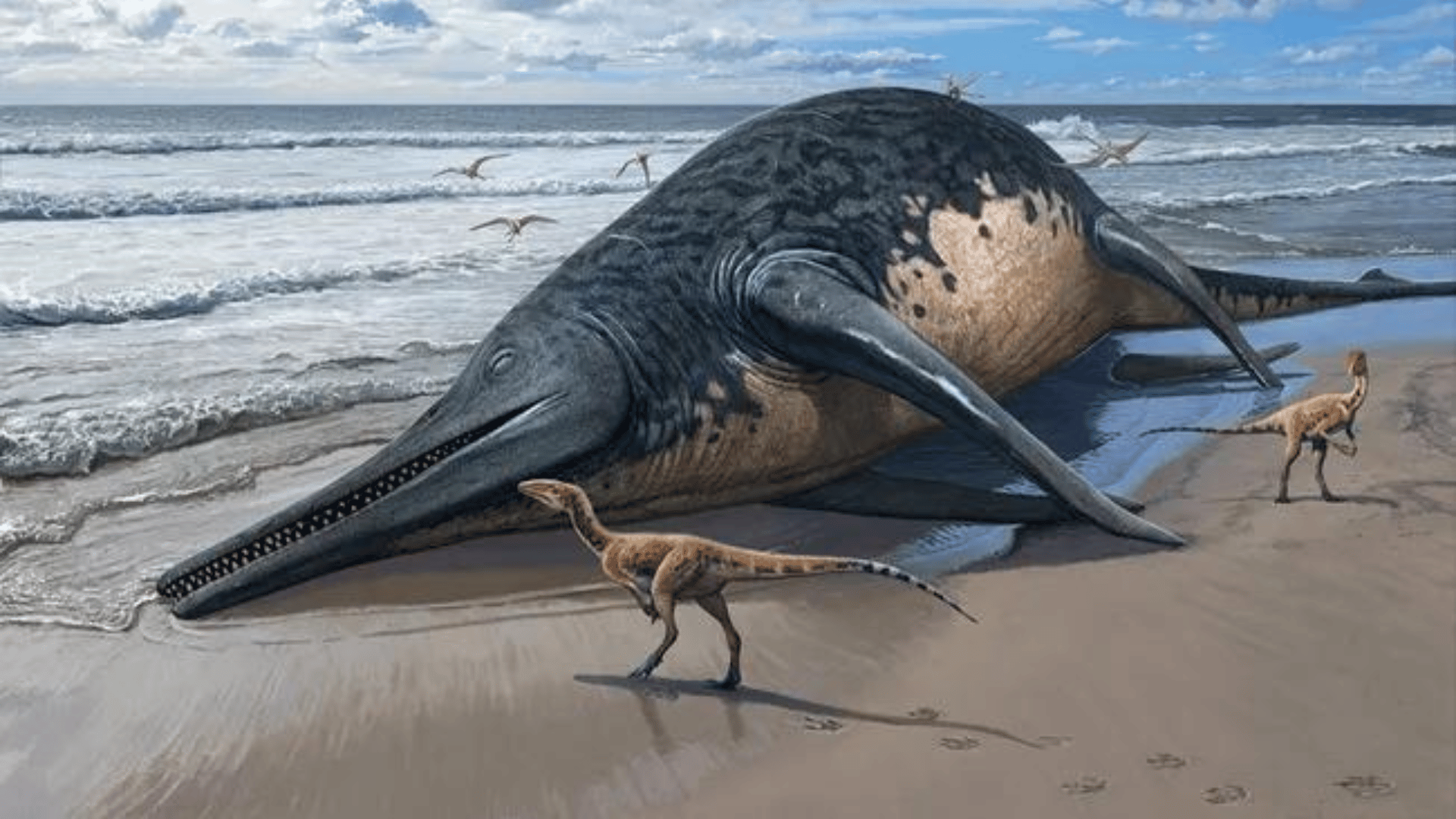The hoodwinker sunfish is one of the largest bony fish in the ocean but is rarely seen in the Northern Hemisphere. When one washed up on the Oregon coast, beachgoers were stunned to see the fish and shocked by its size.
The Largest Sunfish
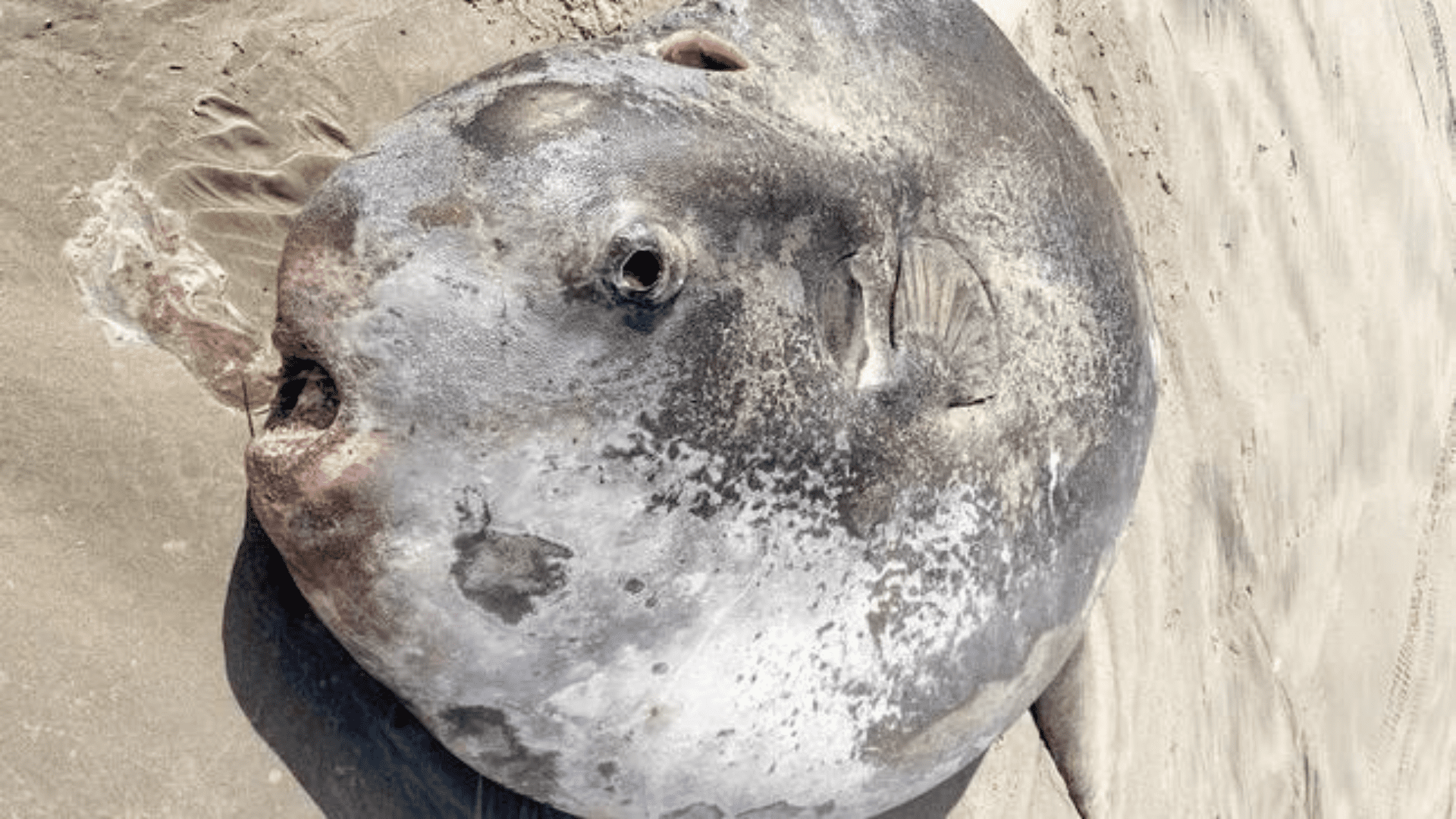
In May, an extremely rare angler fish washed up on the beach in Oregon. Now, another strange ocean species did the same thing. The enormous fish washed up on a beach in Gearhart, Oregon, a small town about 80 miles Northwest of Portland. Seaside Aquarium received reports of the sunfish on June 3, and experts confirmed the species’ identity. The massive fish is 7 feet long, with a round body and bulging eyes. According to a Facebook post from the aquarium, this individual could be the largest of its kind ever sampled.
There are three types of sunfish in the genus Mola. The hoodwinker is one of them, and the other two are the ocean sunfish and the bump-head sunfish. While the bump-head is the most abundant, all three species grow up to 11 feet in length and could weigh up to 2.3 tons, according to the American Museum of Natural History.
The bumphead and ocean sunfish are widespread across the world. They’re found in temperate and tropical water. However, according to oceansunfish.org, it was once believed that the hoodwinker sunfish only swam in the Southern Hemisphere. For example, the fish is found mostly in Australia, New Zealand, and South Africa. However, rare sightings in California, Alaska, and now Oregon challenge this idea.
Explore Tomorrow's World from your inbox
Get the latest science, technology, and sustainability content delivered to your inbox.
I understand that by providing my email address, I agree to receive emails from Tomorrow's World Today. I understand that I may opt out of receiving such communications at any time.
It is uncertain how the hoodwinker sunfish ended up in the area or why it washed up on the beach. Researchers are unsure how far the sunfish may have traveled to get there if they traveled or if there is an unidentified population in the area.
About The Species
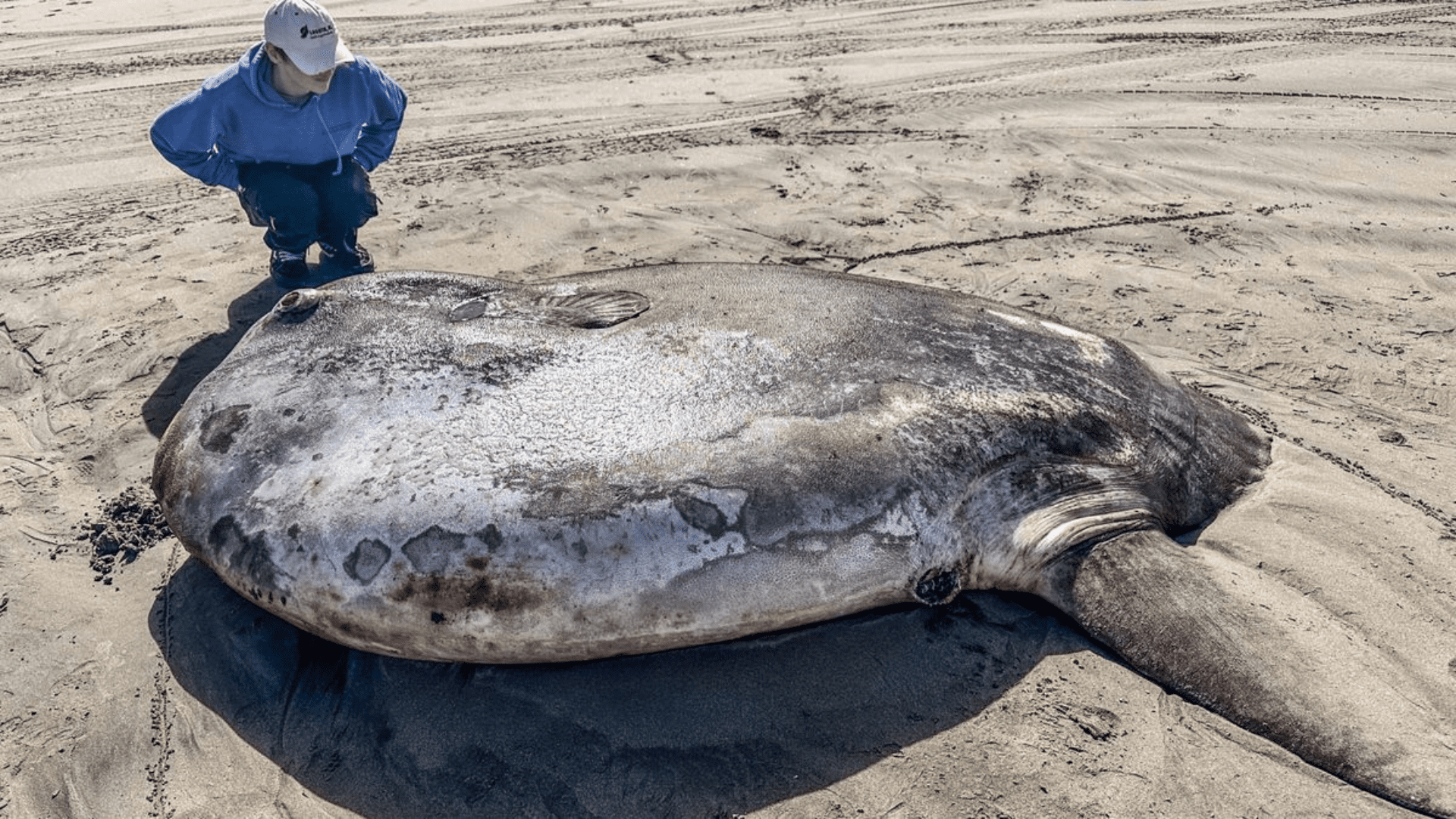
Rather than having ridges and grooves like the other species of fish, the hoodwinker is smooth. It also has a thick-skinned lobe in the back that acts as a rudder to steer. Sunfish typically feed between depths of 660 and 2,000 feet. They like to eat jellyfish, small fish, and crustaceans. When they hunt that deep, the temperatures drop to less than 10 degrees Celsius. They occasionally sunbathe close to the sea surface to regulate their body temperature after hunting.
The hoodwinker was considered a new species in 2017; researchers named it M. tecta. This was after researchers mistook it as the most abundant of the species, the bump-head sunfish. The trickster fish got the nickname hoodwinker because of the rare sightings and identification. According to the previous study, “tecta” is derived from the Latin word “tectus,” which means “disguised” or “hidden.”



